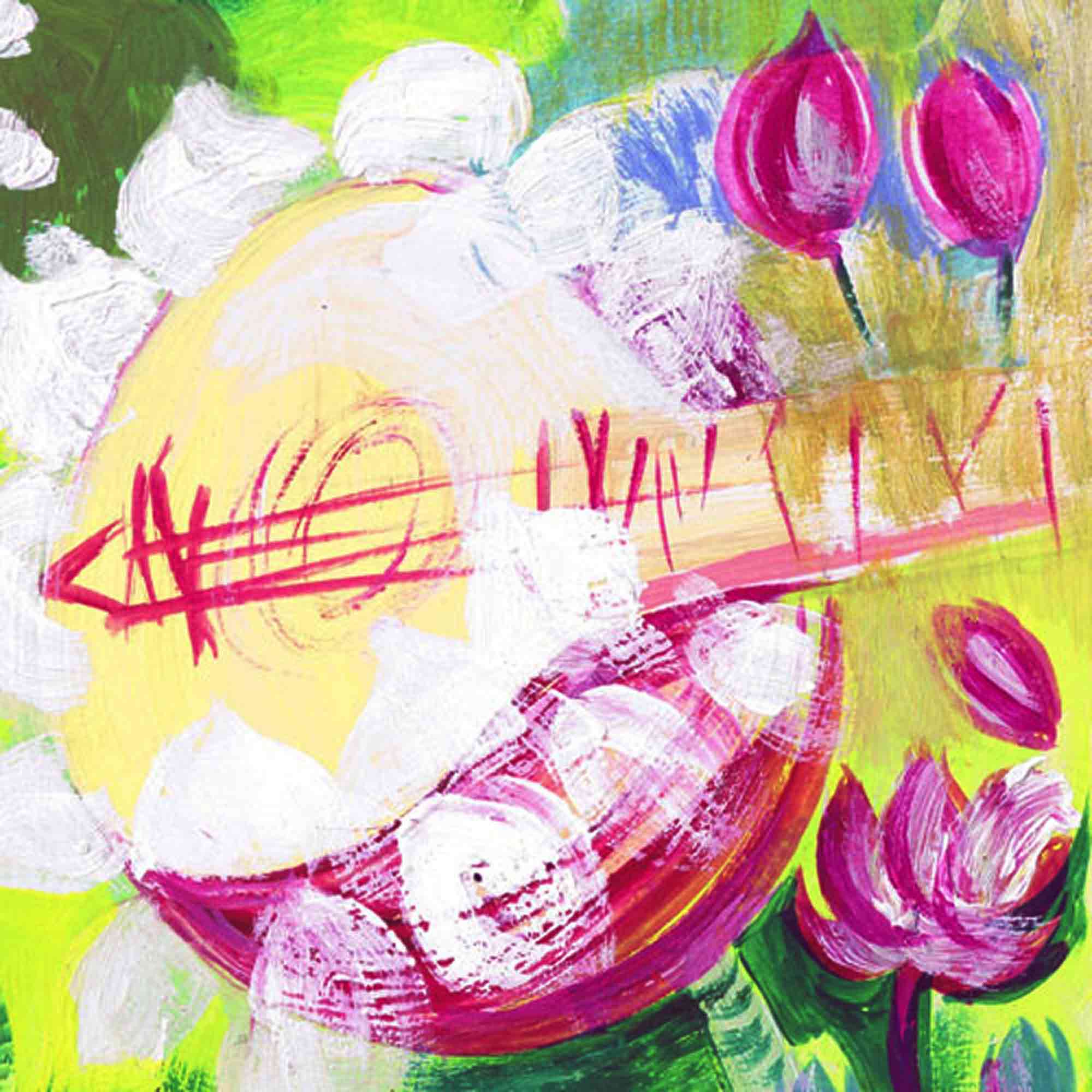
ISBN-13: 978-90-75785-04-3 (ISBN-10: 90-75785-04-6)
Amsterdam, Ekagrata Publications 2006
Preview (slideshow) >>
This colourful book creates opportunities to enjoy making music together without any prior training in Indian music on the parts of teachers and their pupils. “Making music together” means nothing more or less than using half an hour in a constructive manner without lengthy preparations, equipment, or instruments. In our approach, the use of voice and hands are wholly sufficient to participate; and pictures serve to get children involved and motivate them to draw and paint themselves before or after each lessons. But if time is limited to a single session, teachers are offered plenty to choose from and make those shared moments memorable and enjoyable.
The Indian education system boasts of a past where knowledge was imparted to the next generation by word of mouth. To pass on the teachings of various art forms, the masters devised various techniques.
One among them is rhythmic syllables or phrases called Vaaythaari [Vaitari]. These rhythmic phrases, in the case of percussion arts, are construed in such a way that their recitation resembles the sound generated by the instrument, be it the chenda, maddalam, mizhavu, mridangam or edakka.
Professor Immanuel Wuthrich, a musicologist at the Bern University of Arts (Switzerland), and Ludwig Pesch, a musicologist and Indologist, have documented this system.
A. Sangameswaram in “Preserving a rich cultural tradition” (The Hindu, 14 September 2007)

with preview and media contents shared freely under Creative Commons license
Unsolicited feedback
In an email from Sangeetha Madhavan (Singapore), author of A Blue Cat’s Tale, writes:
Vaitari – the book and CD – still remain a favourite of my daughter’s more than a year down the line!
Future plans
We are delighted by the enthusiastic participation of children, parents and music pedagogues during events such as the family week (“Indien-Sommer-Familienwoche”) at the Museum Rietberg Zürich, the PRIME music education research week in Solothurn (Switzerland), and the ISME 2008 music educationists’ world conference (Bologna). This encourages us to further develop activities based on Vaitari in collaboration with small and large institutions. Of particular interest are the infinite possibilities of vaitari that can be harnessed in the context of interdisciplinary and intercultural education.
More information (also in German and Dutch) is found on the website “Sam, Reflection, Gathering Together!” originating in the interdisciplinary education research project initiated at the Bern University for the Arts (HKB, Switzerland) in collaboration with Natanakairali, an institution for the performing arts in Irinjalakuda (Kerala, India).
